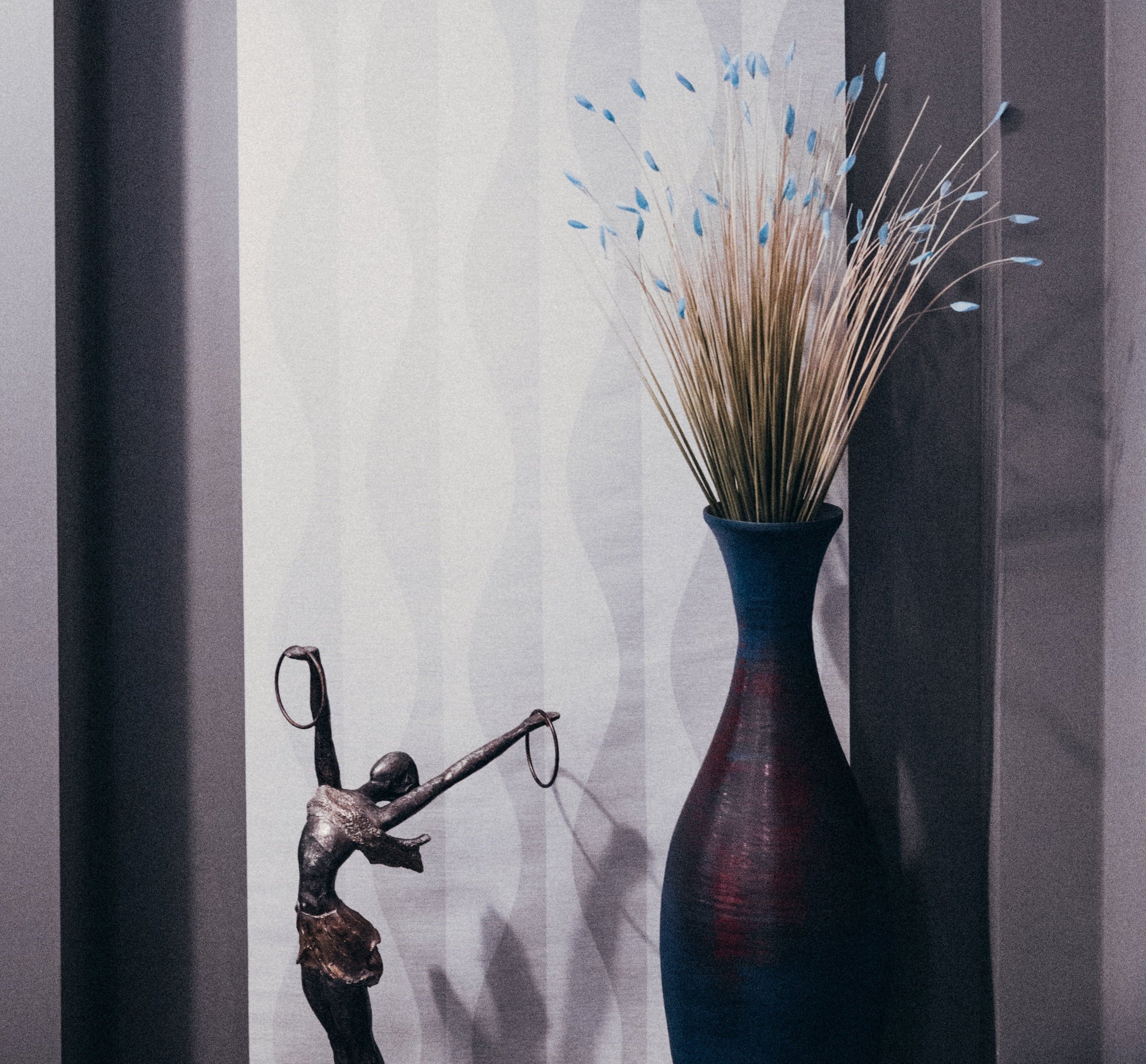Using a designer to decorate or update your home can bring a host of benefits, whether you're embarking on a complete renovation or simply refreshing your space. Our sales/decorating team at True Treasures are available to work with you to create a personalized home decor that fits your needs and express your personal style. Please bring photos and visit our three fabulous stores in North Palm Beach, Palm Beach Gardens, and Delray Beach! We look forward to seeing you! Here's an overview of the benefits using a designer:
1. Expertise and Experience
- Professional Knowledge: Designers have the expertise to turn your ideas into a functional and aesthetic reality. They understand space planning, color theory, furniture layout, and the latest design trends.
- Project Management: Designers can oversee every aspect of your project, including sourcing materials, coordinating with contractors, and ensuring that timelines and budgets are adhered to.
2. Tailored Design
- Personalized Approach: Designers work closely with you to understand your tastes, lifestyle, and budget. They help you define a style that feels uniquely yours, whether it's modern, traditional, or eclectic.
- Problem-Solving: If your space has challenges like awkward layouts, lighting issues, or lack of storage, a designer can offer creative solutions that you might not have considered.
3. Efficiency and Time Savings
- Streamlined Process: A designer can save you time by curating selections, managing timelines, and handling details like ordering products and tracking shipments. They ensure everything runs smoothly.
- Avoiding Mistakes: With their experience, designers can help avoid common mistakes like choosing the wrong colors, materials, or layouts that may end up being costly to correct later.
4. Maximizing Space
- Smart Use of Space: A designer will ensure that every square inch of your home is used effectively, whether it's maximizing storage, improving flow, or making a small room appear larger.
- Balanced Aesthetics: They’ll create a cohesive design that ties everything together—furniture, colors, lighting, and decor—in a way that enhances your space.
The Process of Working with a Designer:
-
Initial Consultation:
- You'll meet with the designer to discuss your vision, goals, budget, and timeline. The designer may take measurements, assess your space, and ask questions to understand your preferences.
-
Concept Development:
- The designer will present ideas in the form of mood boards, color palettes, or floor plans. This phase allows you to see and approve the general direction before moving forward.
-
Design Presentation:
- The designer will present a more detailed plan that includes specific furniture selections, fabrics, paint colors, lighting, and other design elements. You’ll work together to fine-tune the choices.
-
Execution and Installation:
- Once the design is finalized, the designer will oversee the ordering and installation of the items. This might include managing contractors, painters, furniture delivery, and ensuring everything is installed according to plan.
-
Final Reveal and Adjustment:
- After the space is set up, there might be a final walkthrough to make sure everything is up to your expectations. Any last-minute tweaks or adjustments can be made at this stage.
Things to Keep in Mind:
- Clear Communication: Make sure to communicate openly about your preferences, budget, and timeline to avoid misunderstandings down the line.
- Trust the Process: A designer’s role is to guide you through the process and create a space that reflects your personality. While it’s important to share feedback, trust their expertise in making decisions that will improve your home.
- Your Personal Style: Remember, your designer's job is to elevate your personal style, not impose their own. You should feel comfortable with the direction the project is taking.
In summary, a designer can help transform your space with professional expertise, time-saving coordination, and access to high-quality resources. It can be especially useful if you're unsure how to get started or have a challenging space to work with.


